|
This is the second post in a series, highlighting bits of equipment that I love. I have paid for all of these items, they're not ones that I have been given. If I've bought them at a show I may have received a slight trade discount, but it's never been one I've asked for, and in all cases I've been prepared to pay the full price. If you're not a guild member it can sometimes to be hard to get a sense on what it's really like to use a piece of equipment. I'll be scrupulously honest, if I like a piece of equipment I'll say so and explain why. If other options are available, and I've tried them I'll explain why I don't like them. Bobbins usually come along with any wheel you purchase. It used to be you were stuck with the bobbins that came with your spinning wheel, or would have to ask a wood turner to make a copy. However, the new 3D printing technology now means it's possible to step outside of the ones made by the manufacturers. I've owned a Schacht Matchless for a number of years now, I bought it second hand and it came with the standard 4 bobbins. I wanted more bobbins to allow me to spin for a bigger project, without having to stop and wind off singles on to storage bobbins. Schacht bobbins in the UK are eyewateringly expensive compared to the bobbins of other wheel manufacturers. It's got slightly better now they have the brown plastic ones, but they're still a lot of money for a piece of moulded plastic. I'd come across Akerworks bobbins on Ravelry, and thought how great they looked. Then I costed out buying them... with the exchange rates of 8 years ago it came out at the same price for me to order 3 bobbins from Akerworks as it was to have 3 original wooden Schacht bobbins, even taking in to account international postage and customs fees. As a bonus they would be in the colour of my choosing, and they'd be lighter (better for spinning fine yarn), and they would breakdown and be easier to store when not in use. If you have a wheel with slightly less eye wateringly expensive manufacturer made bobbins then Akerworks probably are more expensive, but they are lovely to use and definitely easier to store when not in use. The ends are 3-D printed and then rotate and click on to a shaft, they spend a lot of time testing bobbins, so they're a really good fit on the flyer shaft, definitely no rattling! Because the ends have missing sections the bobbin is really lightweight, which makes it much easier to spin finer yarn as the bobbin has less momentum. You also get the very cool effect of seeing your yarn build up in layers of different colours. If Akerworks aren't in the budget then there are now quite a few open-source files to 3-D print all sorts of spinning wheel bobbins. You can either look for a local Makerspace with a 3D printer, or there are companies that will print files for you on places like Etsy, or there are links on Thinngverse to companies who will print the files.
The final round of the latest 3 month block of this club was posted on Monday, so should be arriving with UK members on Wednesday. As ever, there are spoilers below, so if your parcel hasn't arrived yet, you may want to come and read this later. This is the final round for this club, and I'm going to put it on pause for a while, December and January are always more complicated to mange, even if I'm working suppliers quite rightly give their employees time off over the holidays, so it's simpler to take a break. Meanwhile, the Non-Wool section of the club is stuffed full of lots of fibres, so there's plenty to experiment with. The extra fibre from last month is now listed in the shop, should you want to spin a larger amount. The November light wasn't being helpful as I filmed the videos using my limited technology, so you may find it helpful to go through the playlist archive and look at some of the videos I've filmed when the Viscose and Cotton have featured before as they will show a better close up of my hands. The first fibre to start off with is Viscose. This will be most like any other fibre you will have spun before, it has a similar feel to silk, with a moderate staple length. Viscose is a wood pulp based cellulose fibre, it's manmade, but still biodegradable. You'll sometimes see it referred to as Rayon. In essence, if you spin this like silk you won't go far wrong! For maximum shine spin straight from the end of the length of top, you ca use a plyback test to check your twist levels. If you find it too slippery, then switch to spinning from the fold, and this may give you more control. This Viscose is made in the EU, so it's production will have complied with EU regulations on water disposal, and worker health. There are some concerns surrounding the environmental effects of the production of this type of fibre, but this supply is one that I believe you can trust to be responsible. The next fibre to have a go with is cotton. This is a very short stapled fibre, and you will need a lot of twist to make a successful yarn. It needs to be spun finely, fat cotton yarn is made by putting multiple strands together. If you try to spin a thicker single the short stapled fibres will not have enough twist. You can spin using a short forward draw, or just relax, let the twist do the work, and try a form of long draw. If you own a quill this is the ideal fibre to spin on it, or if you have a very fast spindle, takhli or similar. Our final fibre is probably going to be a marmite fibre... you will either love this fibre or hate it! Silk Hankies are also known as Mawata, they're made from a whole silk cocoon stretched out over a square frame. If you look closely you might see the holes in the corners. The same technique also produces a fibre known as Silk Caps... for future reference you can treat them just the same as hankies. The first step is to peel off a single layer, look closely at your stack of hankies and you will see a rolled edge. Pull off what looks like a single layer, then double check to make sure it's not 2 hankies stuck together. Once you have a single hanky, poke a hole in the middle and stretch it out in to a thin strip. You are aiming to do most of the drafting before you start adding twist. The individual fibres are so long that drafting once you have some twist in the mix can be very hard work. If you find that you have got a slightly thicker bit you can ease out some fibres, but you will need to have your hands really far apart.. no further... no further still! If you like step by step instructions then this article from an old edition of Knitty might help. Not everybody enjoys spinning hankies, they are hard on the hands, and some people who only like smooth yarns aren't fond of the texture. The long staple length means you can leave it as a single, or you can use them for plying. Alternatively, if you decide you hate this fibre all is not lost! They are versatile beasts and can be used for other things. If you have a blending board or drum carder and like creating textured batts then take some scissors to your hankies and card them in, they create fabulous texture. You must cut them up first though, otherwise they will wrap round and round your drum and you will never bet able to remove your batt! If you want warmth, then you can knit straight from the unseen silk hanky. You still have to do the stretching stage, but no i=need to add twist. They would be amazing as lining mittens. Here's a pair made by the Yarn Harlot, and more details on how she did it here. Finally, if knitting or crochet aren't floating your boat, then you can also weave with them, and the fabric they make is stunning. Again, you still need to draft them out, but once that was done I just used my fingers to push the strip of fibre through the shed, and then beat lightly. Use a fine yarn to create a weft faced fabric. The result is very sturdy, I turned this in to a pair of cushions in 2014, and they're still on my sofa, and have been sat in by dogs on many occasions!
I love seeing what people make with my fibres. It pushes me creatively to try new things, and gives me new ideas. I'm not using Instagram very much at the moment, but if you use the #hilltopcloud I will still see it. As a side note, the only medium I use for customer service is email. You can use the contact form on this website, or the email address on your order receipt. If you contact me using social media the first thing I will probably ask you to do is email me. I often don't see a social media message for a number of days, but check my email at least a couple of times a day. You will get a much quicker response if you send an email. This also means I can work out who you are, and give you an accurate response. Your social media handle isn't usually a lot of help when I am trying to work out which one of the 100+ Time Travellers Club members you are. If it's a non-specific question, such as wondering how to spin something, then please come over to the Ravelry group, you can ask the opinion over 1000+ fellow Hilltop Cloud spinners, and as there's never just one right answer that can only be a good thing. It also means our discussion is searchable, can be referenced again in further conversations, and will benefit more people. Going back to the original point of this post... Pretty pictures of lovely things. These have all been shared in the Hilltop Cloud Ravelry group, in the 3-monthly prize draw thread. All you need to do is use the current thread to post pictures of spun skeins of yarn, things you woven, knitted or crocheted, and you could win a £25 gift voucher to the shop. The new thread is just starting up, and the winners from the last thread were picked at the end of the month. Here are my selected highlights! If you want to know more about any of these pictures head over to the thread, and most people have links to their stash pages, or project pages.
In total there were over 80 posts in the thread this round, so I really do urge you to go and take a look at all the finished items, picking out a small handful to share here is always such an impossible task!
I've managed to take some photos of some spun skeins of my new Heather Silk. As ever, with this style of blended fibres taking photos is rather tricky, because the multi-tonal effect really plays tricks with the camera sensors. Add in the high shine you get from mulberry silk, and you end up with a very large number of rejected photos! For each colourway I spun 2 different samples. One was spun using my normal silk draft. Straight from the end , with a moderate degree of twist, and then plied to balance. It creates a smooth, very shiny yarn with excellent drape, and huge amounts of lustre. The other sample was spun using the style advocated by Sara Lamb (author of The Practical Spinners Guide- Silk). This sample was spun from the fold, using small chunks of fibre, with as much twist as I could bear to put it, and then plied with lots and lots of twist. This yarn will be harder wearing, more resistant to abrasion, but isn't quite so shiny, and doesn't drape quote as well. If you'd like to know more about twist levels in silk then I wrote an article for the Fine edition of Ply magazine a few years ago, and also shared some close up photos on the blog. If you prefer videos over words, then this video, filmed for last months Non-Wool Club should help. In addition to effecting the structure of the yarn, the spinning technique also has an effect on the colour. The silk is made up of lots of very thin streaks of different colours . When you draft straight from the end of the fibre you draft in fibres from multiple streaks of colour. When you draft from the fold you sometimes end up pulling in fibres from just one colour. Spinning from the end produces a yarn where the colours are more blended together, as the act of drafting carries on the blending process. Spinning from the fold produces a yarn where you get more flecks of yarn that are only a single colour. In the photos below the yarn on the left was spun from the fold, the yarn on the right was spun from the end. Hopefully if you've been wondering about how this fibre spins that might help answer some of your questions, and help with your design making process if you've already bought some of this fibre.
Firstly, Happy Third Not-Brexit Day! And with it comes my only bit of public information, make sure you are registered to vote. You can do it online, and is something you need to do if you've recently moved home. If you are a student you can register at your home, and university address, but you should only cast your vote in one location. Being on the electoral register doesn't require you to have a permanent residential address, and you can also do so anonymously if you feel your safety is at risk due to being on the electoral register. The weather in December can be grim... if you know you are likely to be put off heading out in the rain and cold, then register for a postal vote. For anyone not in the UK, this is good news, as it means my parcels will carry on going to you in a seamless manner. It also means I can carry on importing fibres from Italy for the next few months and not need to increase prices due to import duties and increased courier costs. I'm very pleased about this, because I have some new Italian fibres, and I can now carry on expanding the range. These are pure Mulberry Silk, created just like the blended wool tops that we are now all very familiar with. They draft beautifully, and turn in to yarn with really subtle variation, but not so much that they will swamp a lace pattern. The first 3 colours are now in the shop in 50g, 100g and 200g size options. I've just finished spinning some samples, so keep an eye out for a blogpost in the next few days showing what happens to these fibres when they're turned in to yarn. We had a lovely time at Bakewell Wool Gathering, with lots of people going home with some fibres they'd not tried before. Apart from that I've had a very quiet month, there's been the usual autumn cold that wiped me out for a few days. I only managed to squeeze in one shop update due to getting the 12 Days of Christmas parcels ready. They've all gone in the post now, with just a couple of the Mulberry Silk option left if anyone is still wanting a Christmas and New Year treat. If you're thinking about making your own version (maybe as a guild Christmas party activity?) then I do have some spare bags, and they're now available to purchase. I do however have a shop update that is in the drying shed right now, and that should be going up in the shop tomorrow. It's not been all work though, I took myself off to Erddig whilst waiting for a sewing machine to be serviced, and had a lovely day. There were apples, spinning wheels, and gardens. I can recommend a visit, I'll be going back with Mum in the summer when the gardens will be in full glory, and all of the hall will be open. On a personal creative note, this month has mostly been about getting a head start on my Christmas crafting. A few lucky people still get hand made gifts, which sadly means I don't have any photos to share.
There is a handspun jumper that is nearly off the needles though, so fingers crossed for next month. |
Archives
January 2024
Categories
All
|
Hilltop CloudHilltop Cloud- Spin Different
Beautiful fibre you'll love to work with. Established 2011 VAT Reg- 209 4066 19 Dugoed Bach, Mallwyd, Machynlleth,
Powys, SY20 9HR |

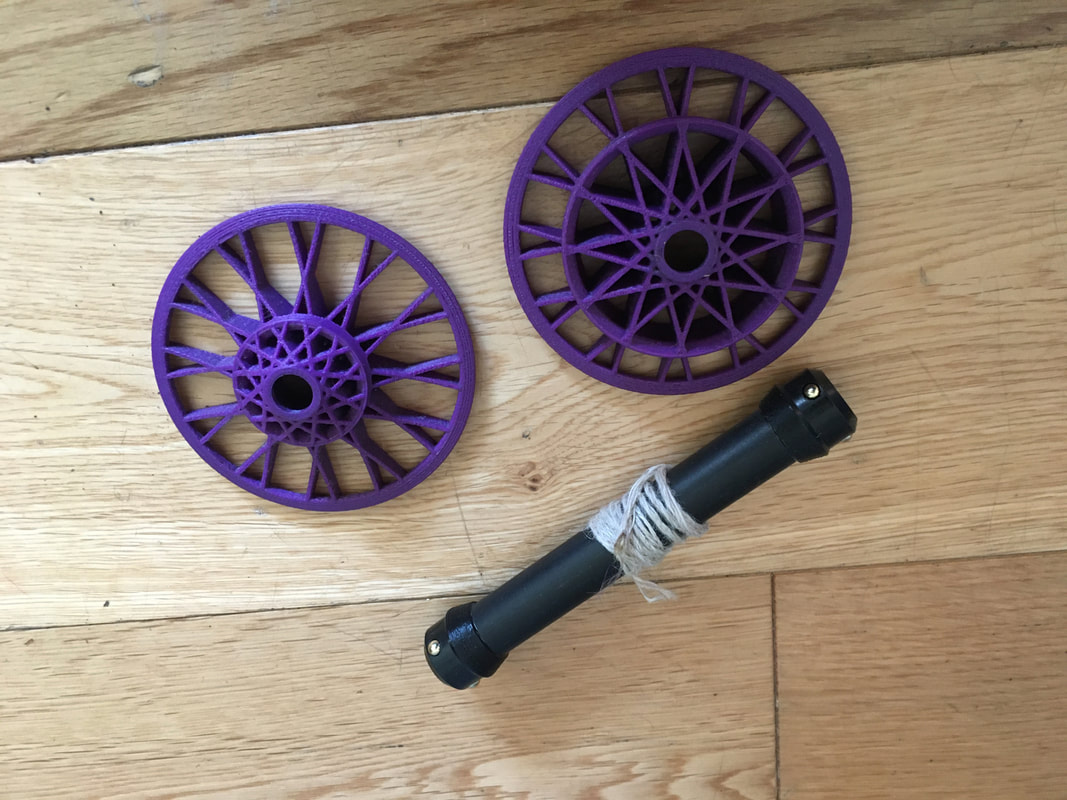
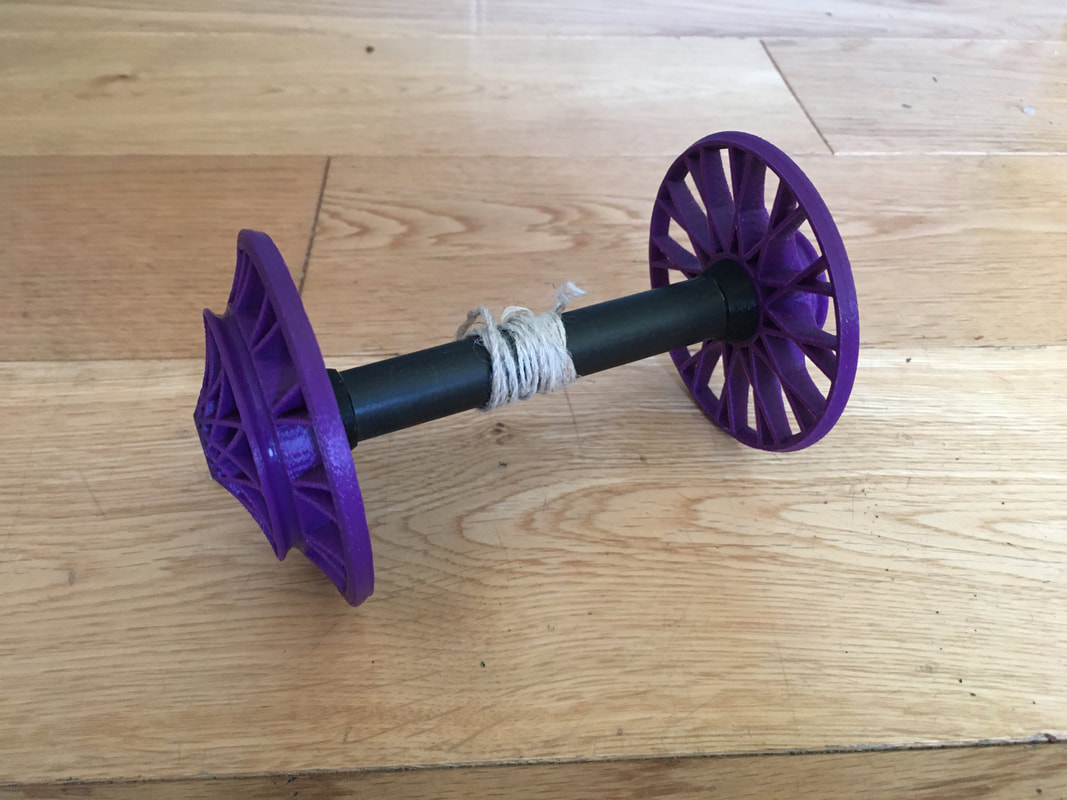
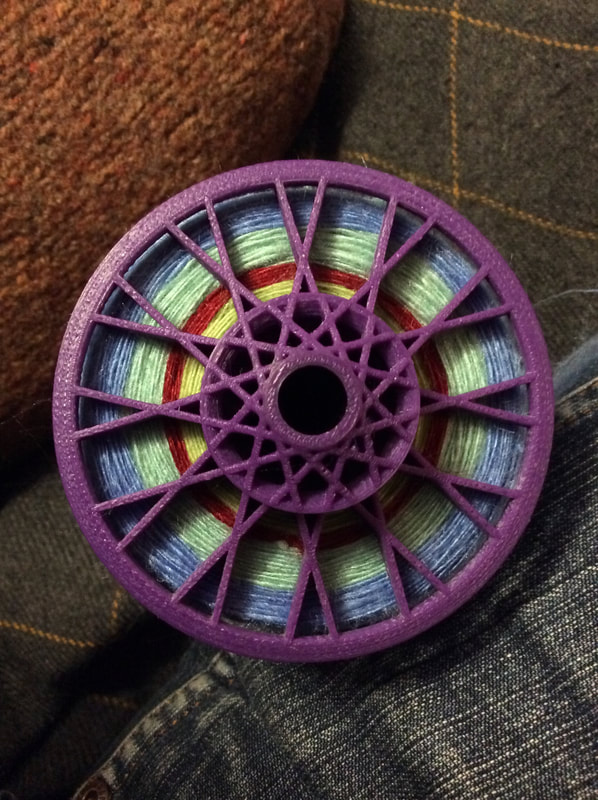
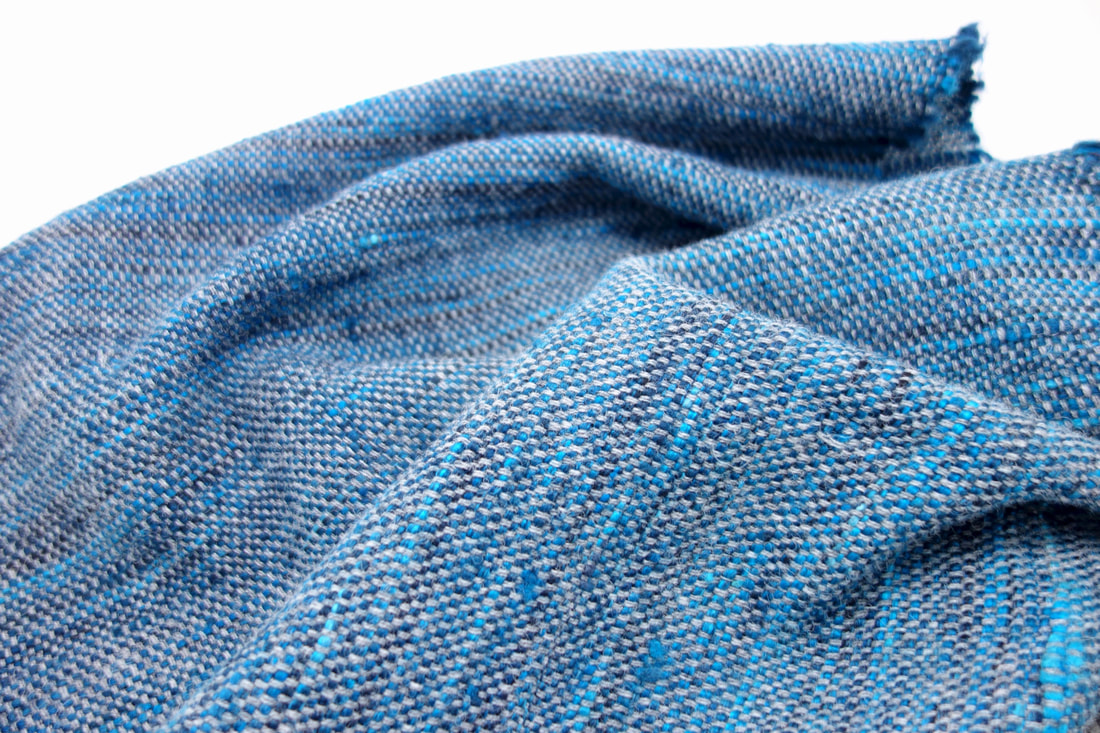

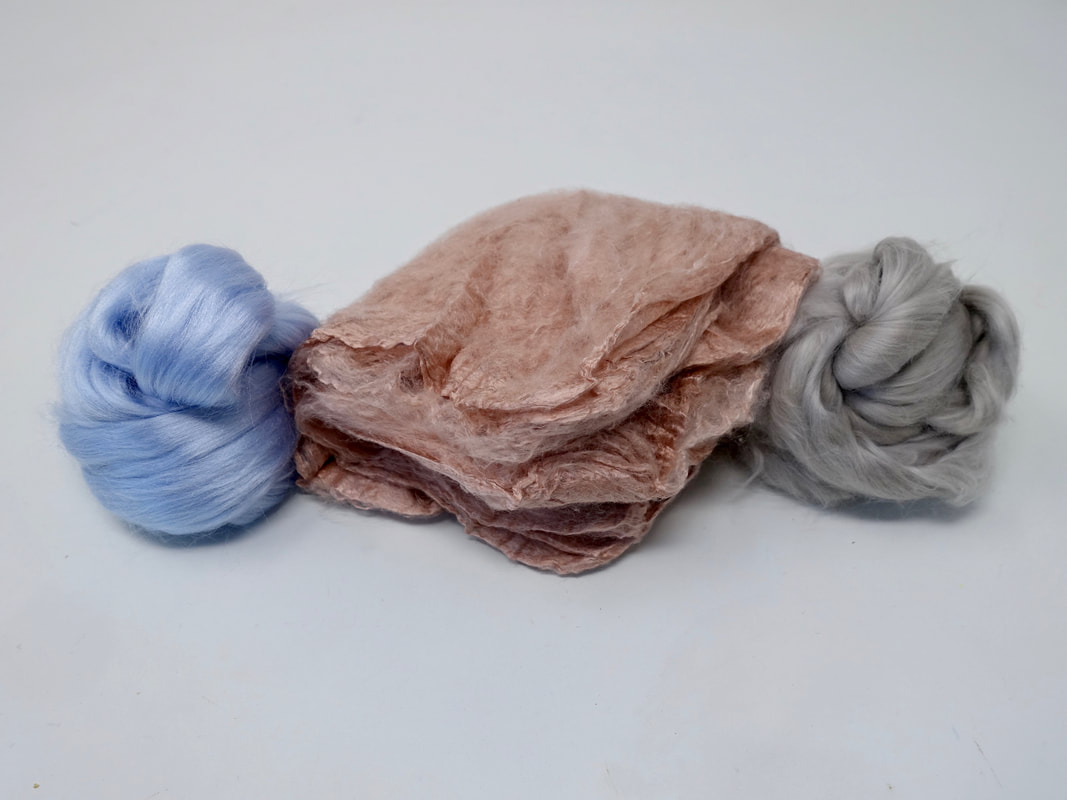

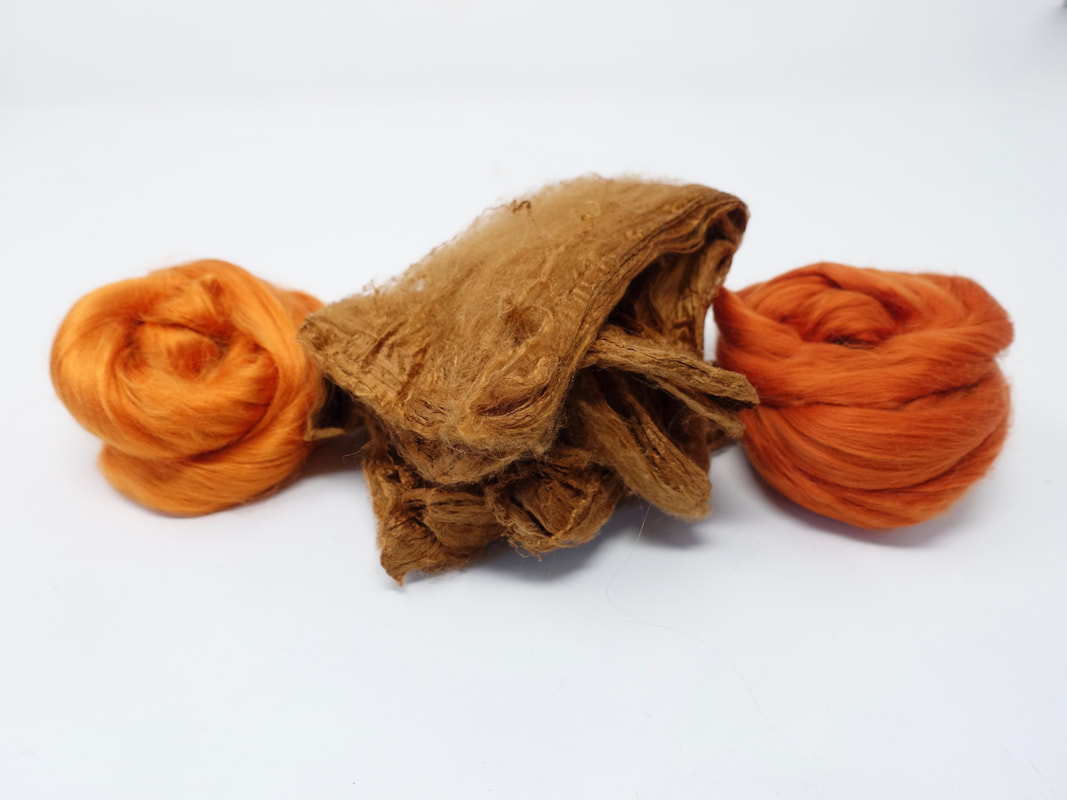
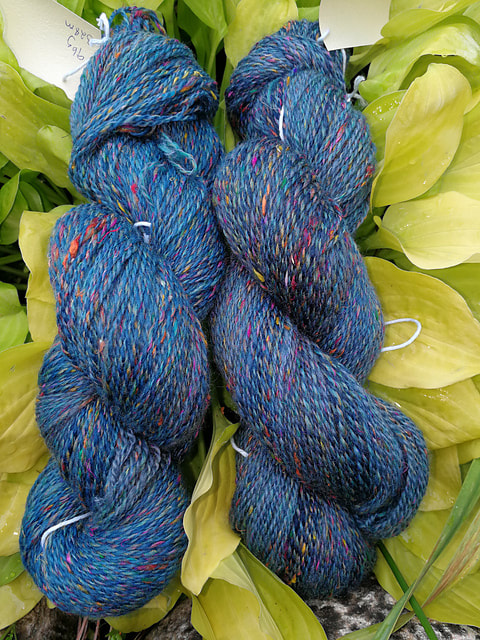
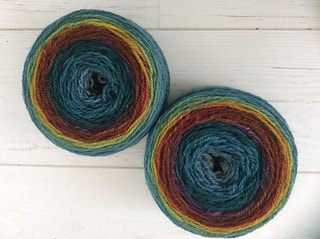
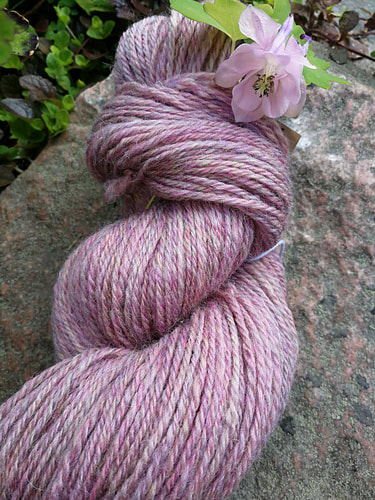
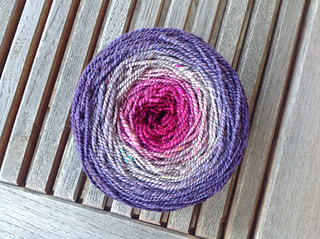
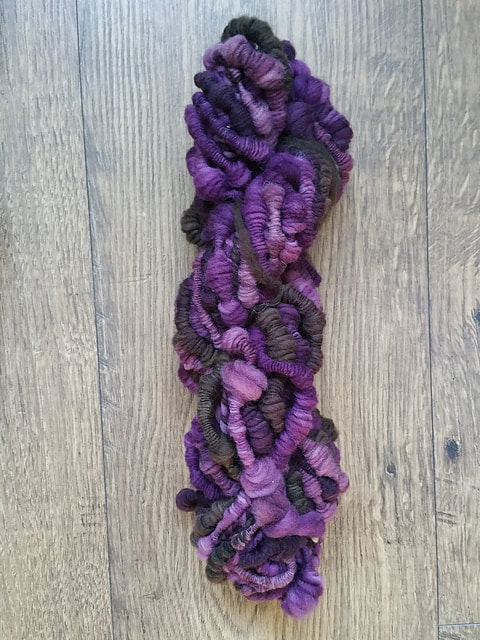
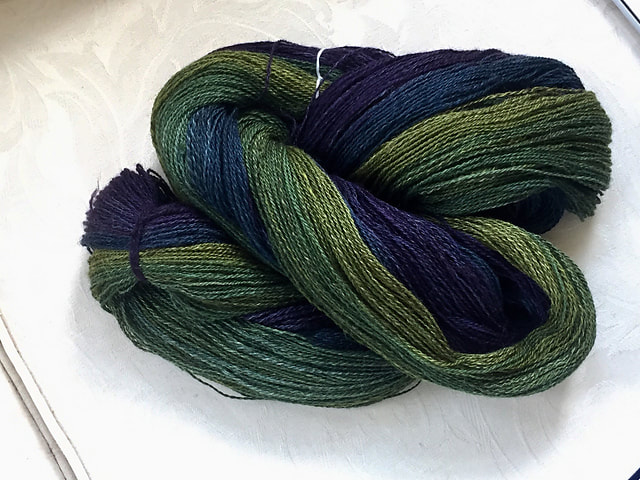
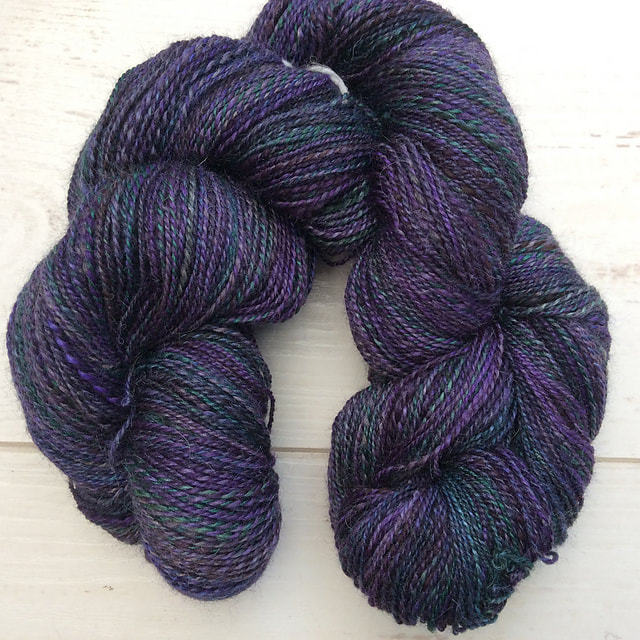
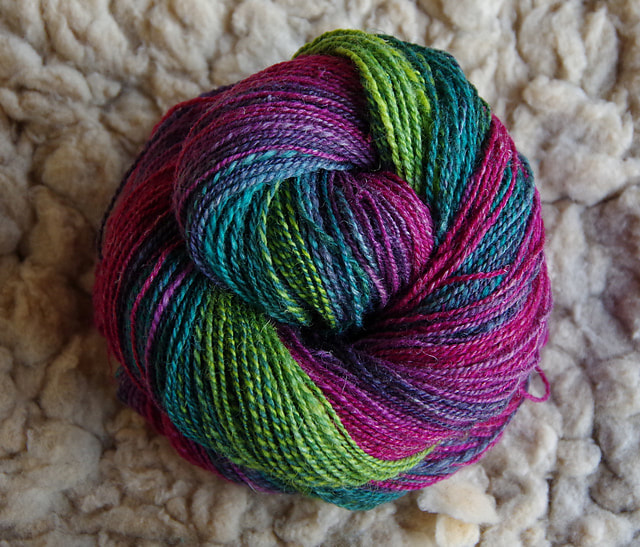
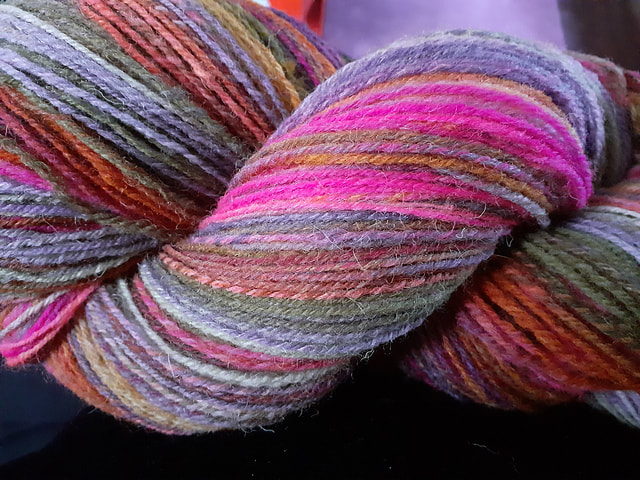
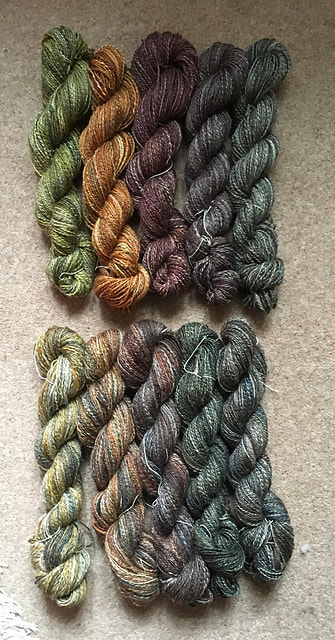
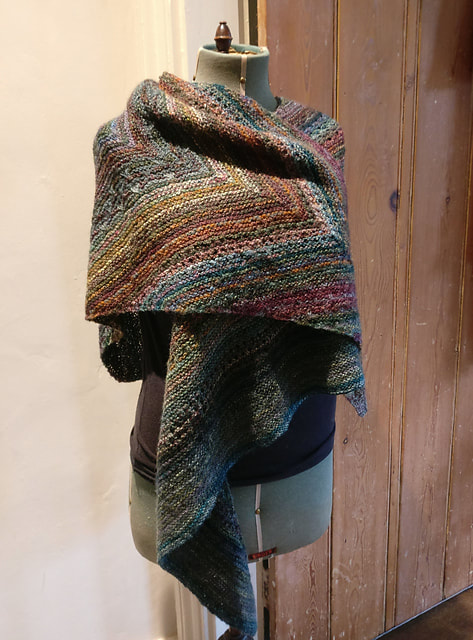
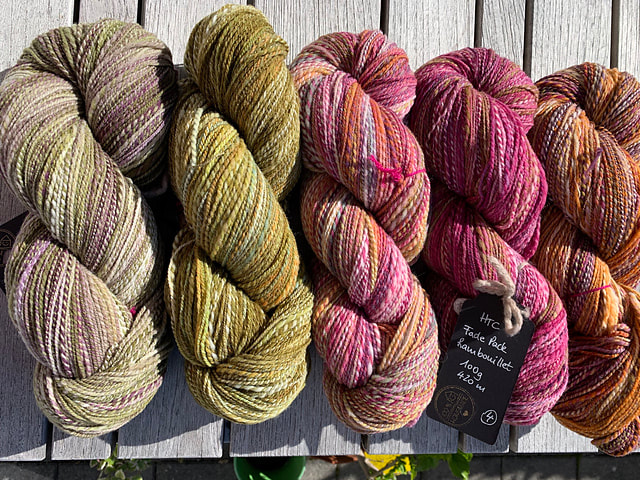
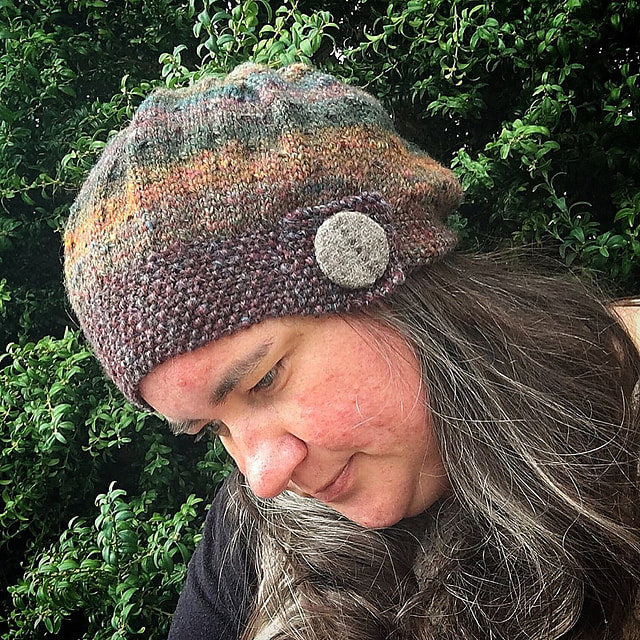
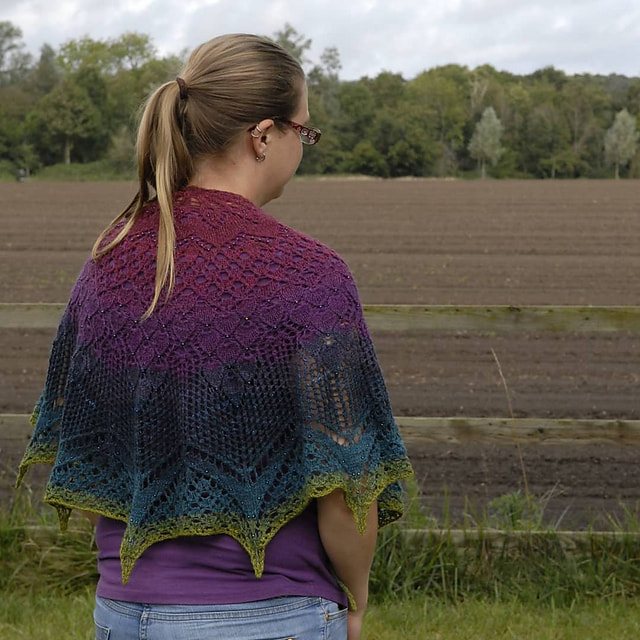
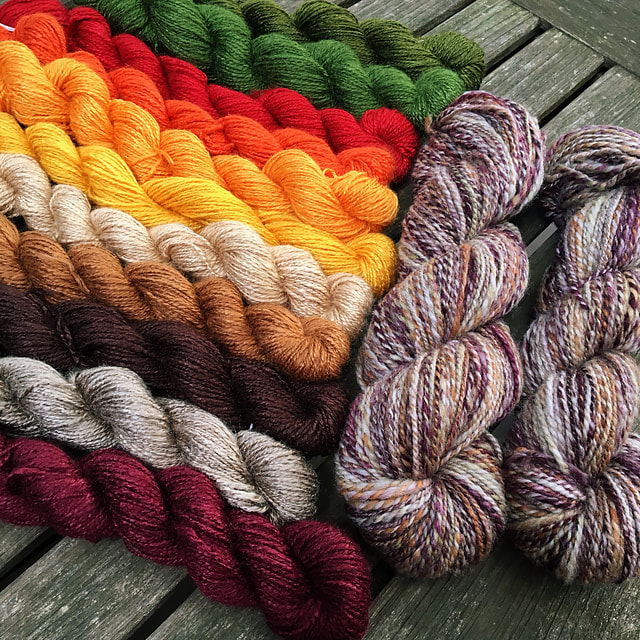
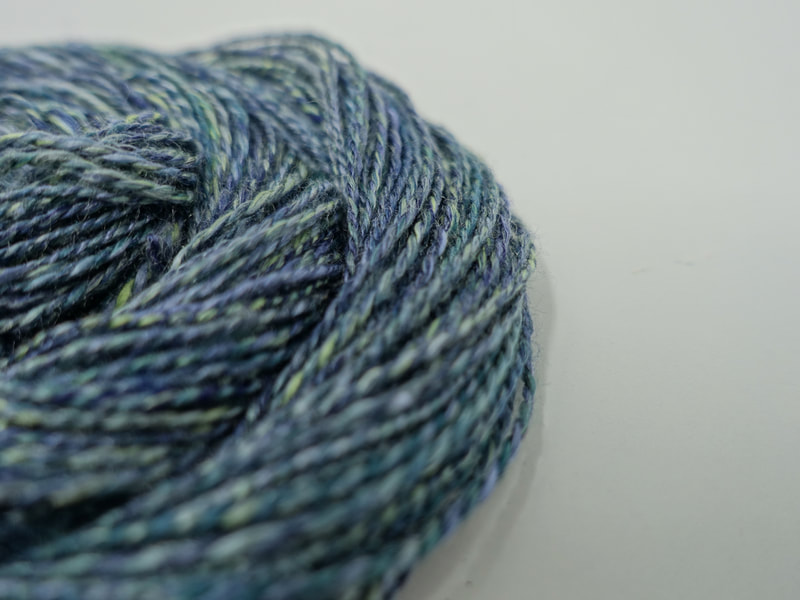
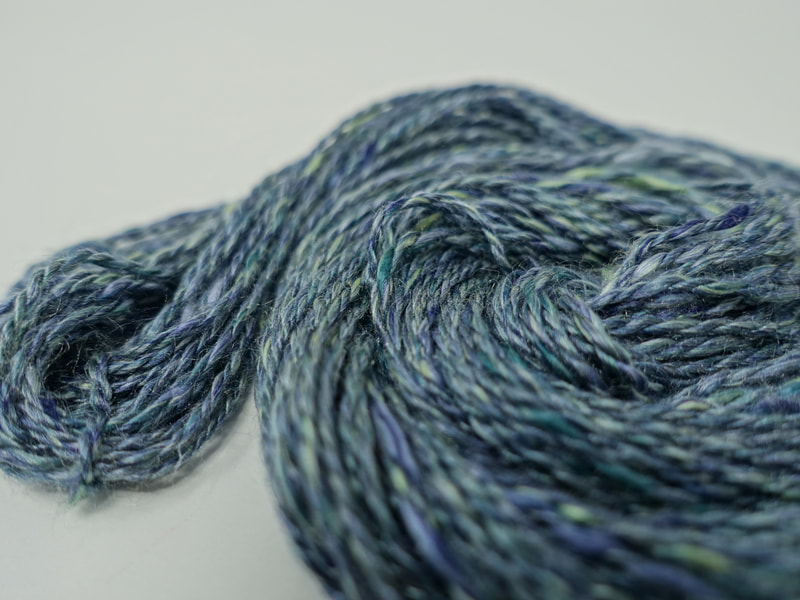
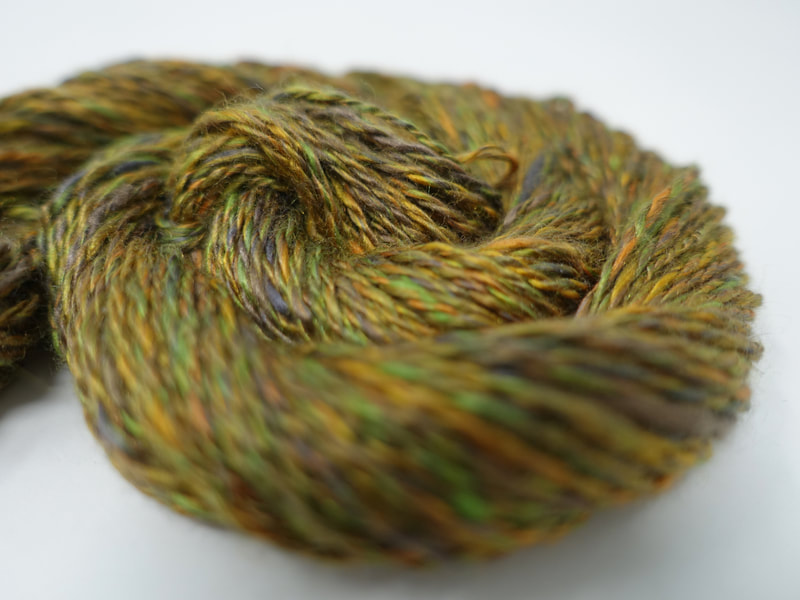
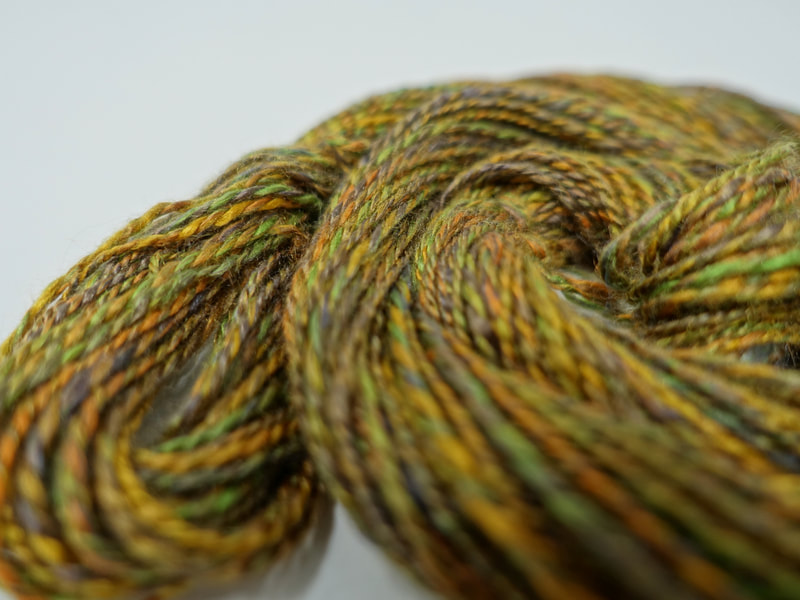
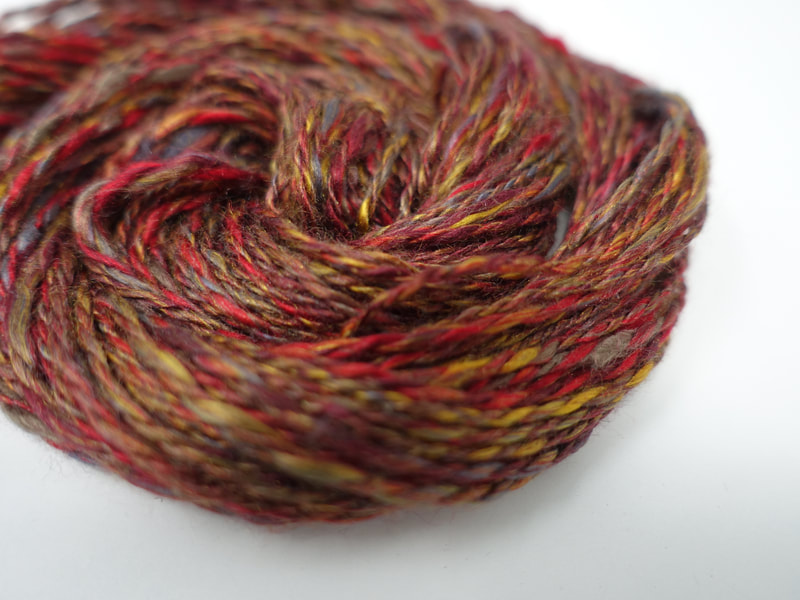
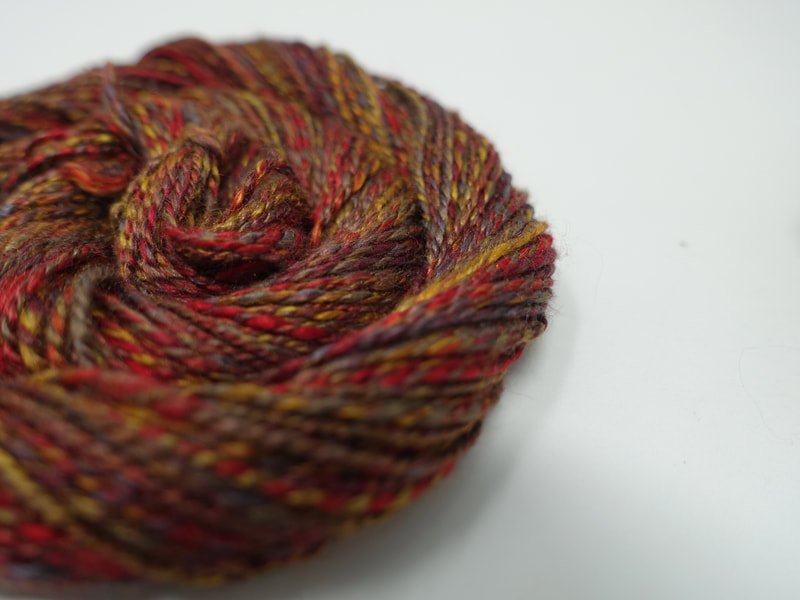
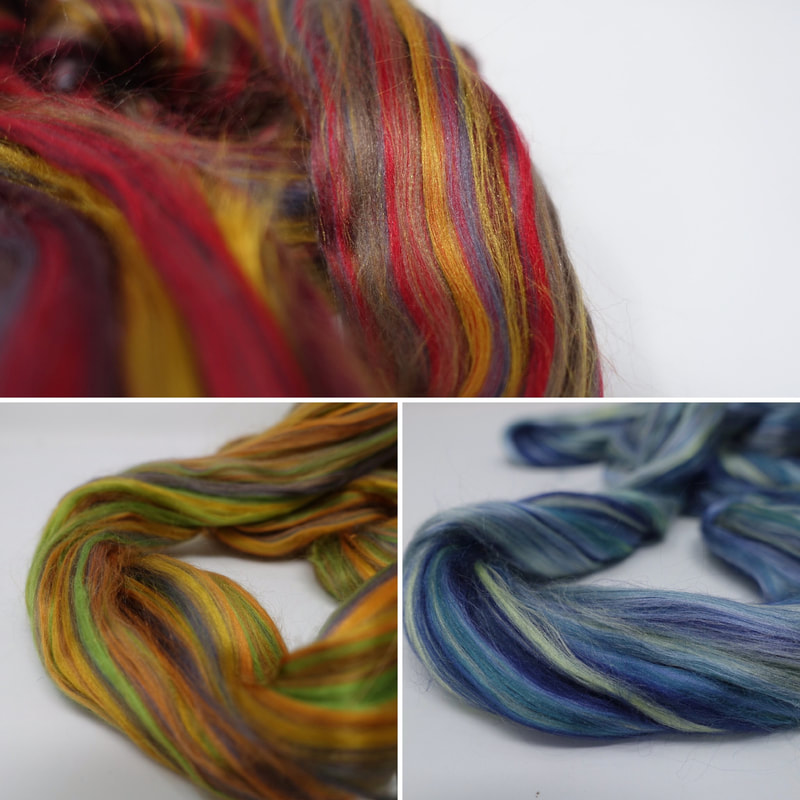
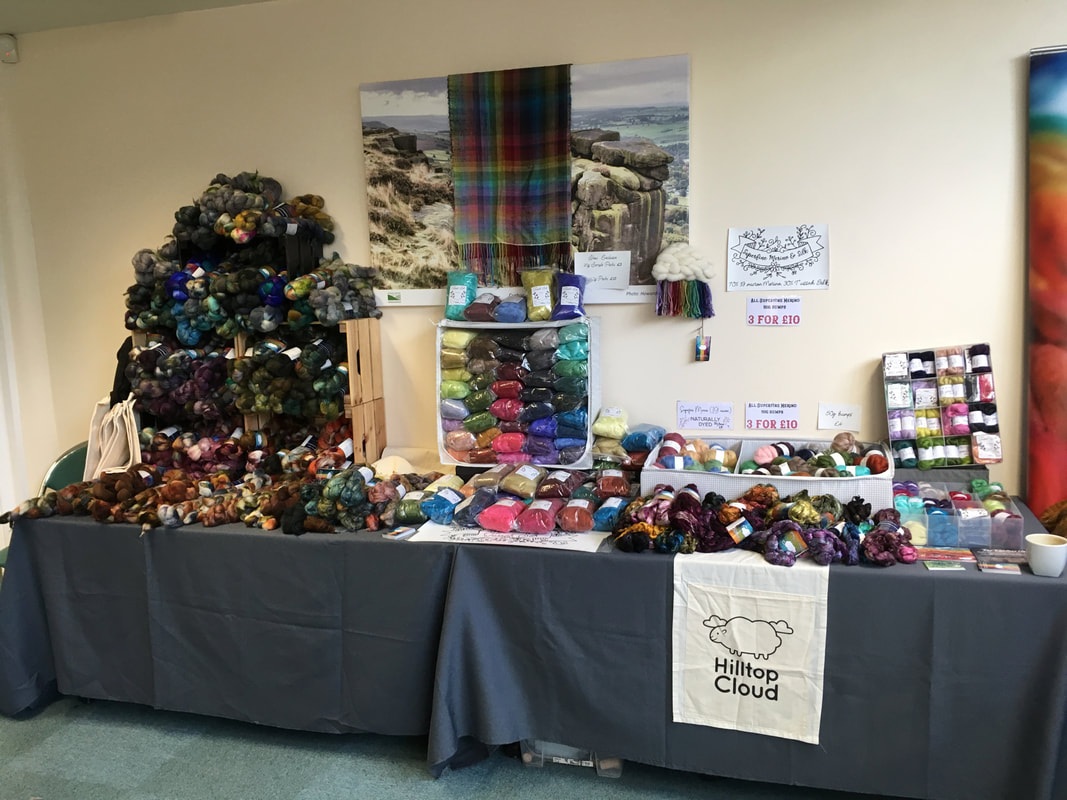
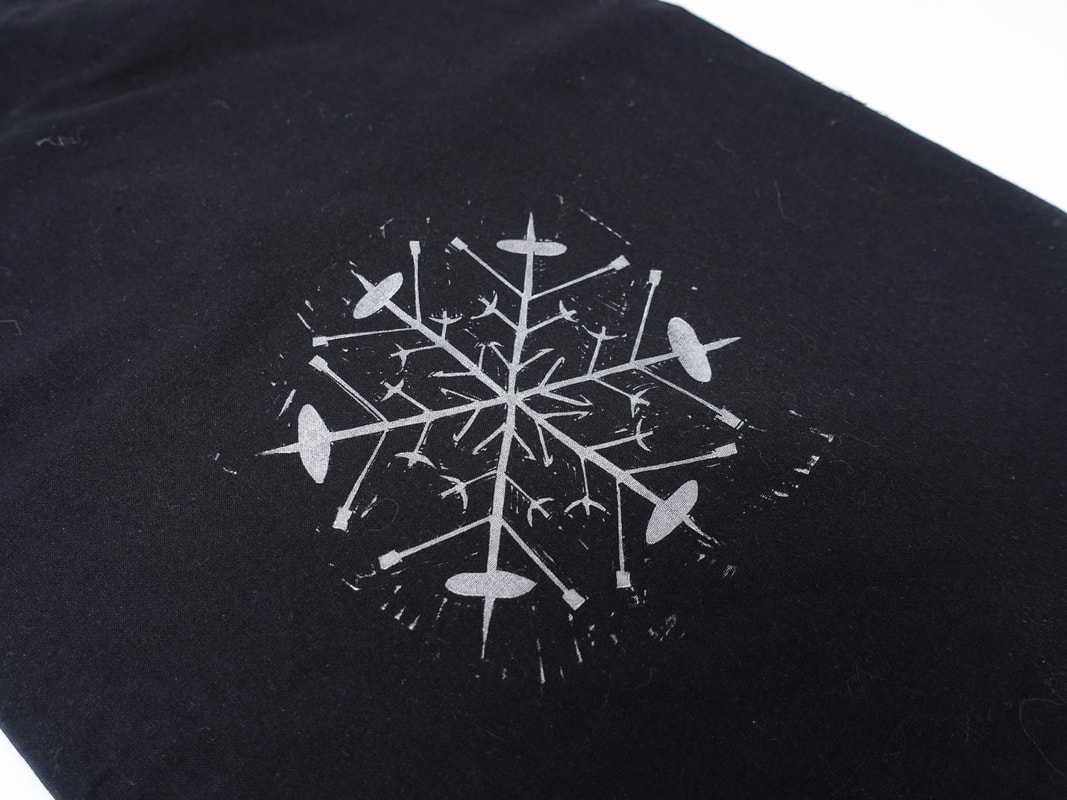
 RSS Feed
RSS Feed


